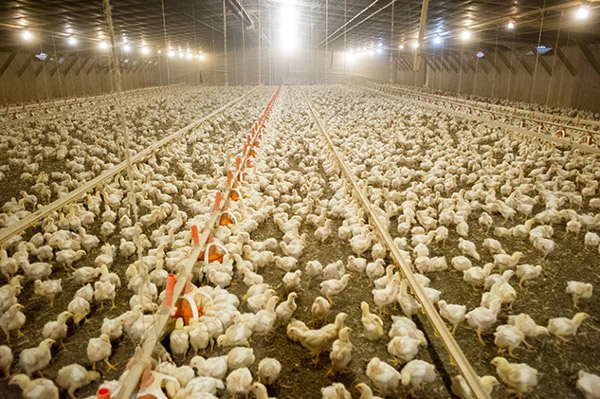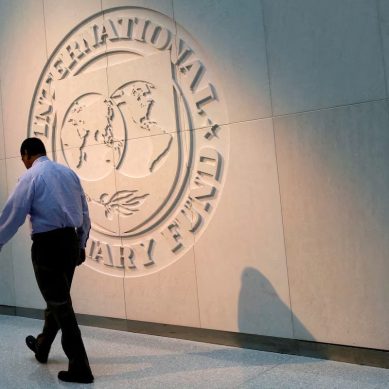
The use of antibiotics in animal farming – a major contributor to antimicrobial resistance – is expected to grow by 8 per cent between 2020 and 2030 despite ongoing efforts to curtail their use, according to an analysis.
Overuse of antibiotics in agriculture is thought to be a major driver of the rise in humans of bacterial infections that cannot be treated with antibiotics. Although antibiotics can be necessary to treat infections in livestock, they are often used to speed up animal growth and prevent diseases among animals in crowded, unsanitary conditions.
Many governments have struggled to make or enforce rules to decrease antibiotic usage. For instance, although a number of countries, including the United States and much of Europe, ban the use of antibiotics that promote growth, manufacturers can just say they are marketing the drugs to prevent disease.
Researchers have also struggled to calculate the amount of antibiotics used in particular countries because most do not release their agricultural-antibiotic usage data publicly, says co-author of the study, Thomas Van Boeckel, a spatial epidemiologist at the Swiss Federal Institute of Technology (ETH Zurich).
Instead, many release the data to the World Organization for Animal Health (WOAH), which group country’s antibiotics data into continents, so that is all that researchers can see. And around 40 per cent of countries do not report their antibiotic use to WOAH at all. “The majority of data on antibiotic use in the world is unusable,” van Boeckel says.
To estimate antibiotic usage in 229 countries, Van Boeckel worked with Ranya Mulchandani, an epidemiologist at ETH Zurich, and other colleagues to collect data from individual governments, farm surveys and scientific articles that reported veterinary use of antibiotics.
They cross-referenced these with data on farm-animal populations worldwide, as well as on antibiotic sales from the 42 countries that reported those data publicly. From there, they extrapolated trends for the remaining 187 countries.
The team calculated that antibiotic use in Africa is probably twice what WOAH reports, and use in Asia is 50% higher than reported. The authors attribute this to the fact that many countries in these regions do not respond to WOAH surveys.
Accounting for these in their calculations, the authors estimate that by 2030, the world will use around 107,500 tonnes of antibiotics in livestock per year, compared with just under 100,000 tonnes in 2020.
Antibiotic use is highest in Asia, and China in particular (see ‘Antibiotic consumption by country’) – a trend that is expected to continue until 2030. The researchers also estimate that antibiotic use will grow the fastest in Africa, rising by 25 per cent between 2020 and 2030 owing to increased demand for meat products.
However, Mulchandani cautions that most of the 42 data-sharing countries were high-income, meaning that the types of antibiotic they use, and the purpose, might not represent all nations.
At a ministerial conference on antimicrobial resistance in Muscat, Oman, last November, 39 countries – including major agricultural producers Russia and India – pledged to reduce their agricultural use of antimicrobials by 30-50 per cent by 2030.
Even if that goal isn’t met, says Steven Roach, programmes director at the non-profit Keep Antibiotics Working, who is based in Iowa City, the agreement means that the countries are more likely to begin releasing baseline data on their antibiotic usage. “It suggests there is potential for real reduction if there’s global will,” he says. In the meantime, he adds, the types of method used in the latest study are the only way to get a global picture of antibiotic use.
In the future, Van Boeckel says, his team will model scenarios, such as what would happen if more countries adopted stricter antibiotic distribution approaches like that taken by Sweden, which requires a veterinarian’s prescription for antibiotics to be used on animals.
Making usage data more publicly accessible, he adds, could lead to increased accountability for countries – and agricultural producers – that do not use antibiotics responsibly.
- A Nature report











